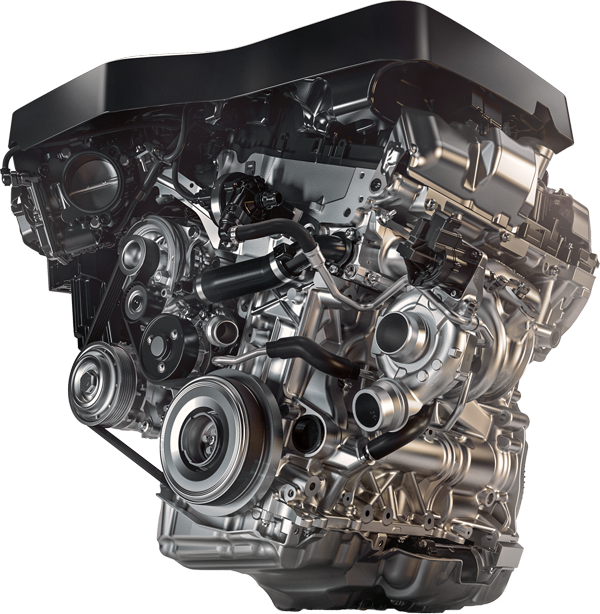Die Vergleichsanalyse :
BMW 330e iPerformance Steptronic (16 - 18) vs. KIA Optima 2.0 T-GDI GT Automatik (16 - 18)
45.700 €

40.900 €

45.700 €
Grundpreis ⓘListenpreis für das Basismodell (Standardausstattung ohne Extras) zum Zeitpunkt der Markteinführung in Deutschland.
40.900 €
ⓘListenpreis für das Basismodell (Standardausstattung ohne Extras) zum Zeitpunkt der Markteinführung in Deutschland. Preisinfo
Abmessungen
Der BMW 330e iPerformance ist deutlich kleiner. Er ist 22.2 cm kürzer, 4.9 cm schmaler und 3.1 cm niedriger als der KIA Optima 2.0 T-GDI.
BMW 330e iPerformance
KIA Optima 2.0 T-GDI
1429
1811
2031
1460
1860
2120
1811 mm
Breite
1860 mm
2031 mm
Breite mit Spiegeln
2120 mm
1429 mm
Höhe
1460 mm
2810
4633
2805
4855
4633 mm
Länge
4855 mm
2810 mm
Radstand
2805 mm
Gewicht
BMW 330e iPerformance
KIA Optima 2.0 T-GDI
1735 kg
Leergewicht
1655 kg
2195 kg
Zulässiges
Gesamtgewicht
Gesamtgewicht
2120 kg

Gewichtsdifferenz:
80 kg
4.61 %

Allgemein
BMW 330e iPerformance
KIA Optima 2.0 T-GDI
F30
Baureihe
JF
Limousine
Karosserie
Limousine
Super Plus (ROZ 98)
Kraftstoff
Super (ROZ 95)

Heckantrieb
Antrieb
Frontantrieb

8-Gang-Automatikgetriebe
Getriebe
6-Gang-Automatikgetriebe
Motor
BMW 330e iPerformance
KIA Optima 2.0 T-GDI
4-Zylinder-Plug-in-Hybrid-Benziner mit Turboaufladung
Motorbauart
Reihenvierzylinder-Benziner mit Turboaufladung
BMW B48
Motorbaureihe
B48-A20
Motorcode

4
Ventile
4
4
Zylinder
4
1998 cm³
Hubraum
1998 cm³
252 PS
bei 0 U/min
Leistung
245 PS
bei 6000 U/min
BMW 330e iPerformance
252 PS
245 PS
KIA Optima 2.0 T-GDI
420 Nm
bei 0 U/min
Drehmoment
350 Nm
bei 1350 U/min
BMW 330e iPerformance
420 Nm
350 Nm
KIA Optima 2.0 T-GDI
Leistungsfähigkeit
BMW 330e iPerformance
KIA Optima 2.0 T-GDI
225 km/h
Höchstgeschwindigkeit
240 km/h
6.1 s
Beschleunigung 0 – 100 km/h
7.4 s
100 km/h
100
km/h
km/h
85 m
0.000 s

BMW 330e iPerformance
100 km/h
100
km/h
km/h
103 m
0.000 s

KIA Optima 2.0 T-GDI
▶ REPLAY
6.88 kg/PS
Leistungsgewicht
6.76 kg/PS
BMW 330e iPerformance
6.88 kg/PS
6.76 kg/PS
KIA Optima 2.0 T-GDI
Verbrauch / Umwelt
BMW 330e iPerformance
KIA Optima 2.0 T-GDI
Verbrauch pro 100 km
1.9 L
kombiniert
8.2 L
BMW 330e iPerformance
1.9 L
8.2 L
KIA Optima 2.0 T-GDI
Кeine Daten
innerorts
11.8 L
Кeine Daten
außerorts
6.1 L
41 L
Tankgröße
70 L
2158 km
Reichweite
854 km
BMW 330e iPerformance
2158 km
854 km
KIA Optima 2.0 T-GDI
Auswirkung auf die Umwelt
22.4 kWh
Gesamtenergieverbrauch
pro 100 km ⓘDer Gesamtenergieverbrauch pro 100 km ergibt sich aus der Energie, die ein Fahrzeug bei der Verbrennung eines Treibstoffs (bzw. bei der Verwendung von Strom) pro 100 km verbraucht (Endenergie) und der Energie, die für die Erzeugung und Bereitstellung entsprechender Menge Treibstoffs (bzw. Stroms) benötigt wird (Primärenergie). Dabei werden auch die Vorprozesse der Treibstoffherstellung, der Transport eines Treibstoffs bis zur Tankstelle (bzw. der Transport des Stroms bis zur Steckdose) und die Verluste, die dabei auftreten, berücksichtigt. Der Gesamtenergieverbrauch ermöglicht somit einen Vergleich der Energieeffizienz von Fahrzeugen mit verschiedenen Antriebssystemen.
pro 100 km ⓘDer Gesamtenergieverbrauch pro 100 km ergibt sich aus der Energie, die ein Fahrzeug bei der Verbrennung eines Treibstoffs (bzw. bei der Verwendung von Strom) pro 100 km verbraucht (Endenergie) und der Energie, die für die Erzeugung und Bereitstellung entsprechender Menge Treibstoffs (bzw. Stroms) benötigt wird (Primärenergie). Dabei werden auch die Vorprozesse der Treibstoffherstellung, der Transport eines Treibstoffs bis zur Tankstelle (bzw. der Transport des Stroms bis zur Steckdose) und die Verluste, die dabei auftreten, berücksichtigt. Der Gesamtenergieverbrauch ermöglicht somit einen Vergleich der Energieeffizienz von Fahrzeugen mit verschiedenen Antriebssystemen.
96.5 kWh
BMW 330e iPerformance
22.4 kWh
96.5 kWh
KIA Optima 2.0 T-GDI
Euro 6b (NEFZ)
Schadstoffklasse
Euro 6b (NEFZ)
44 g/km (NEFZ)
CO2-Emissionen
191 g/km (NEFZ)
Alltagsnutzen
BMW 330e iPerformance
KIA Optima 2.0 T-GDI
4
Türen
4
5
Sitzplätze
5
460 kg
Maximale Zuladung
465 kg
370 L
Kofferraumvolumen
510 L









Кeine Daten
Stauraum mit umgeklappter
Rücksitzbank
Rücksitzbank
Кeine Daten












